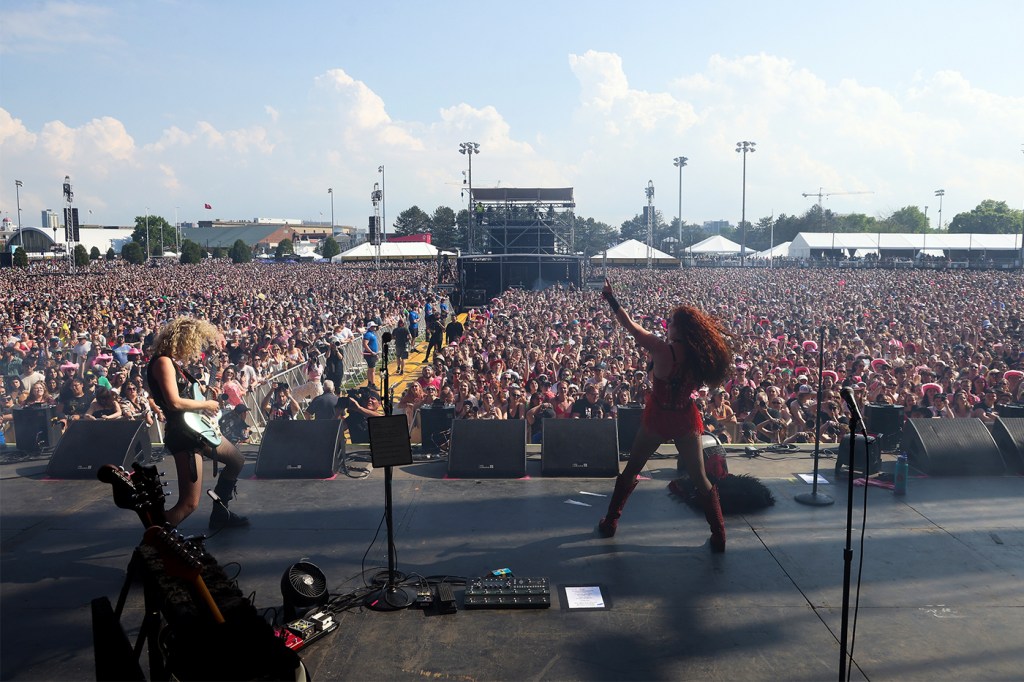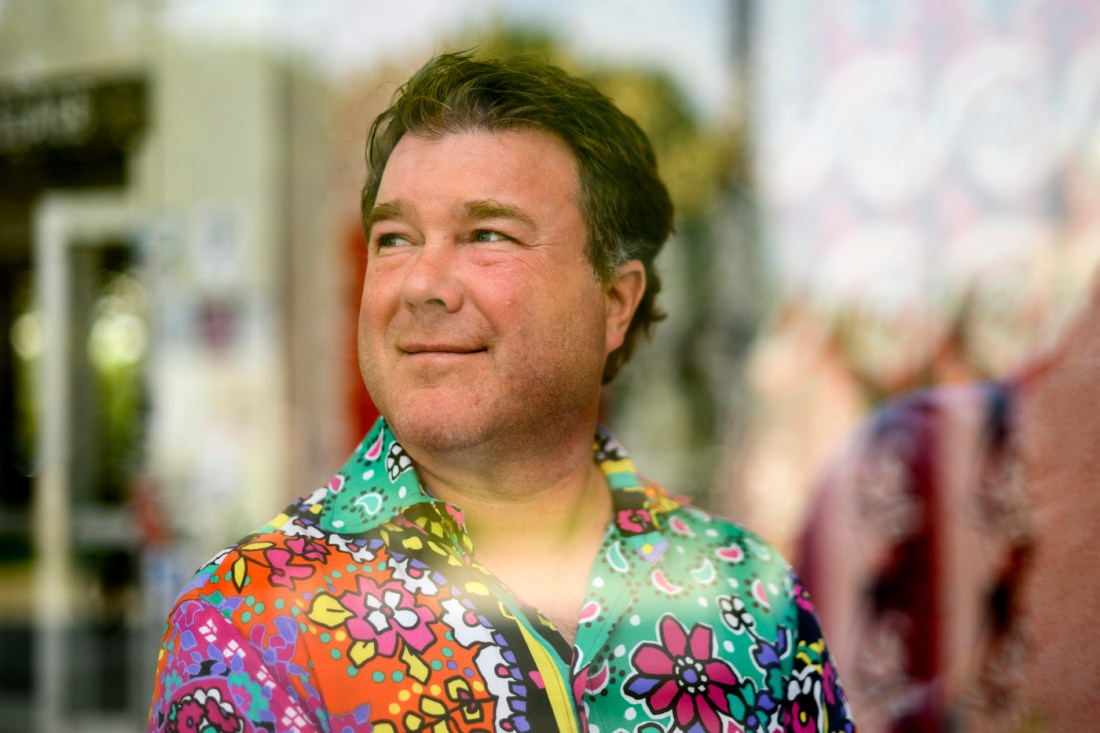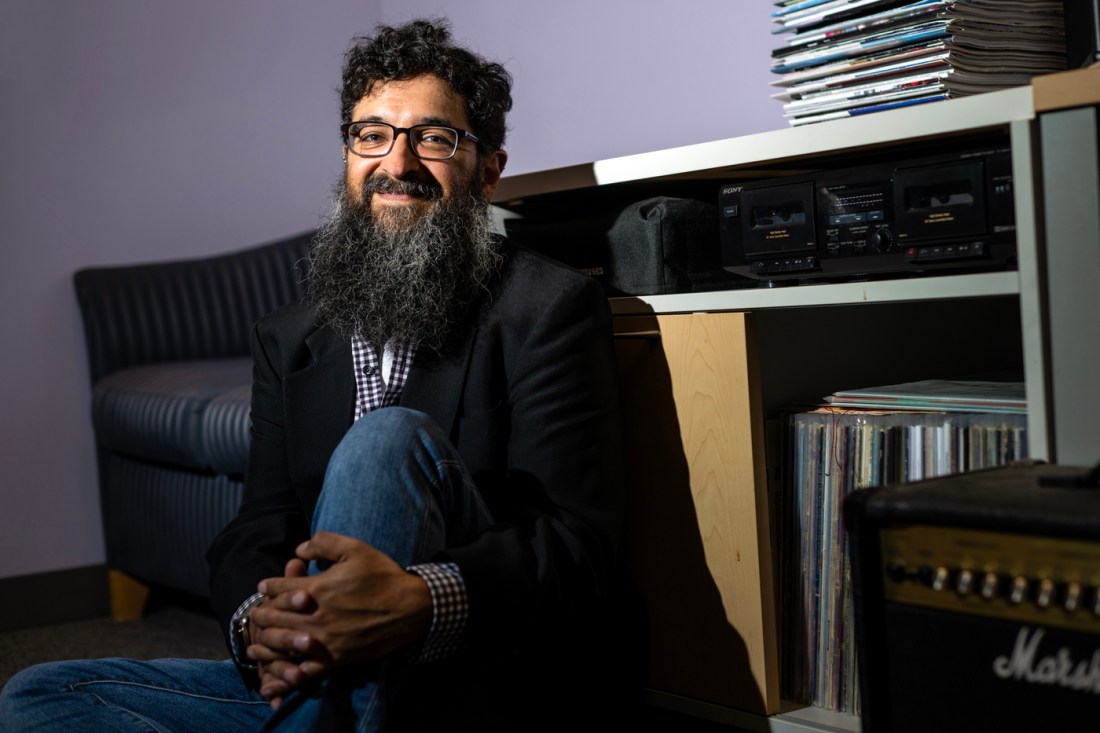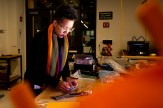How can you stay safe during a music festival?
“The best thing you can do is have that situation awareness,” said Stephen Wood, an extreme medicine expert at Northeastern University.

Boston Calling usually marks the end of its three-day run by thanking attendees. But this year the music festival organizers issued an apology for creating a situation in which many attendees said they felt unsafe.
People at this year’s festival complained of overcrowding during Sunday’s shows. With several big-name acts planned back to back, attendees said they got stuck in a crowd of people there to see Chappell Roan, Megan Thee Stallion, Hozier, and The Killers. There were over 400 medical events during Sunday’s concerts, which made up half the total calls from the three-day event.
Safety has always been an issue when it comes to music performances, according to Andrew Mall, an associate music professor at Northeastern University. Whether it be an outdoor concert, a traveling event like Lilith Fair in the ’90s, or the destination festivals of today, organizers have had to contend with issues like crowd crush, equipment collapse, fires, interpersonal violence and shootings.
“There’s no way to be 100 percent safe as a festival-goer,” Mall said. “Just like there’s no way to be 100 percent safe at a concert or walking your dog around the block.”


One of the top issues specifically with festivals is the lack of coordination between the agencies involved, said Stephen Wood, director of the extreme medicine certificate program at Northeastern. Between different police and EMS departments and private security, there’s often not a unified communications plan on what to do in case of an emergency.
“Oftentimes, these are not well planned and all the different pieces of the puzzle aren’t speaking with each other,” added Wood, who has worked at festivals as an emergency responder.
“Organizers care about how many people they can pack in to make the most money. They may contract with law enforcement, EMS or security services, but they’re oftentimes not communicating their plan. There needs to be a much better system in place.”
On top of this, many festivals happen during the summer when temperatures are high and people are at risk for heat-related illness. Wood said it’s common for people at festivals to not drink enough water and opt for alcohol instead, a recipe for disaster when people are dancing and in large crowds.
There’s also the risk for crowd surges, which can result in death. In 2021, 10 people died at the Astroworld music festival in Houston when there was a crowd crush during Travis Scott’s performance. The first trials for some of the hundreds of lawsuits filed as a result of this started in May.
Wood said that even if people are not being crushed to death, being in a tightly packed crowd can impact one’s ability to breathe, whether it’s from being compressed or from panic.
Preventing potentially dangerous crowd swells could simply be a matter of better programming, Mall said. If festivals spread out performances so there’s not a swell of people in one place at one time, there’s less likely to be issues.
“It’s a combination of booking and programming,” Mall said. “If there’s one artist that’s a really huge draw and people are camping out and waiting the whole time, that field just gets really, really packed if there’s no other artist to draw people away. Some larger festivals — because they have a larger layout and they book more artists — there’s more crowd flow, and it’s with crowd flow moving from location to location throughout the day that you eliminate those risks.”
It can be difficult for organizers to anticipate the size of the crowds as artists skyrocket to popularity faster than ever before, Mall added. Chappell Roan, who played midday on Sunday, saw a huge spike in popularity between when she was initially booked and her Boston Calling performance. She drew in larger crowds than some of the headliners.
Featured Posts
In order to stay safe in these situations, Wood said, people should make sure they know their evacuation points when in a crowd.
“As silly as it sounds, knowing where all your exits are is a plus,” he added. “We’ve seen a number of different disasters like in Houston and at the Station Nightclub fire in Rhode Island, where people … came in at a certain entrance so they went out that way. You might be going against the crowd, (but you want) to get to an exit nobody else has and get out safely.”
Wood said this is more likely to help than staying in a crowd during a stampede. Other than holding out your arms to create more space, there’s not much research to support how people can survive a crowd crush.
“The best thing you can do is have that situation awareness,” Wood said. “I go to festivals as a medical provider and to enjoy concerts. I tend not to be on the floor or in an area close to the stage. That’s my own personal safety protocol. I’m not going to be deep in a crowd.”
Wood also recommends festival-goers hydrate with electrolytes and limit their alcohol consumption. This, plus sun protection, can reduce the chance of heat-related illness. He also recommends creating a WhatsApp group of people you’re attending with so you can stay in contact and set a meeting point in case of an incident.
But overall, the safety of a festival comes down to the motivation of the organizer, said Mall, who teaches a Dialogues course on music festivals. Of the many he’s attended, he said he’s seen festivals invested in making the experience good for fans and taking feedback from attendees, rather than packing people in for the sake of profit.
“It comes down to the goal of the festival promoter,” he said. “Events like Coachella, Bonnaroo, Lollapalooza, they’re selling out regardless, so they have zero incentive. Their incentive is to pack as many people as possible onto those sites, which creates unsafe conditions.”











